On page SEO
On page SEO refers to the optimization of individual web pages in order to rank higher and earn more relevant traffic from search engines. On-page optimization includes elements such as:
- Content: The quality and relevance of the content on a page is crucial for on-page SEO. Content should be keyword-optimized and provide value to the reader.
- Title tags and meta descriptions: These are HTML elements that provide information about the content of a page and are displayed in the search engine results. Title tags and meta descriptions should be concise, accurate, and contain relevant keywords.
- Headings: Proper use of headings (H1, H2, H3, etc.) helps organize content and gives structure to a page. It also makes it easier for search engines to understand the relevance of the content.
- URL structure: URLs that are clean, concise, and contain relevant keywords can help a page rank higher in search results.
- Image optimization: Optimizing images by using descriptive file names, alt tags, and image compression can help improve the page's load speed and increase its visibility in search results.
- Internal linking: Internal links help search engines understand the relationship between pages on a website and can also help visitors navigate the site.
- Mobile optimization: A mobile-friendly website is crucial for on-page SEO in today's mobile-first world.
By focusing on these elements, website owners can improve their on-page SEO and increase their visibility in search results.
How to improve organic traffic and page rank by on page seo
ON PAGE SEO: Improving organic traffic and page rank through on-page SEO involves several best practices, including:
- Conducting keyword research: Identify the keywords and phrases that your target audience is searching for and ensure that they are incorporated into your content and other on-page elements.
- Creating high-quality content: Produce valuable, informative, and engaging content that is relevant to your target audience and optimized for search engines.
- Optimizing Title tags and meta descriptions: Use descriptive and keyword-rich title tags and meta descriptions that accurately reflect the content of each page.
- Improving website structure and navigation: Ensure that your website is easy to navigate, with a clear and logical structure that makes it easy for search engines and visitors to understand.
- Enhancing website speed and mobile responsiveness: Optimize the speed and mobile responsiveness of your website to ensure that it loads quickly and provides a good user experience for all visitors, regardless of the device they use.
- Incorporating internal links: Link to other relevant pages on your website to help search engines understand the relationships between different pieces of content and to provide visitors with additional resources.
- Utilizing header tags: Properly format headings and subheadings to break up large blocks of text and to help visitors and search engines understand the structure of your content.
By implementing these best practices, you can improve your on-page SEO and increase the organic traffic and page rank of your website. It's important to note that on-page SEO is just one aspect of a comprehensive SEO strategy and should be combined with other tactics, such as link building, to achieve the best results.
Types of On Page SEO
ON PAGE SEO: There are several types of on-page SEO, including:
- Content optimization: This includes optimizing the content on a page for both search engines and users, by incorporating relevant keywords, providing valuable information, and ensuring that the content is well-written and easy to understand.
- Technical optimization: This involves improving the technical aspects of a website to ensure that it is easy for search engines to crawl and index, including elements like site structure, URL structure, and page load speed.
- HTML optimization: This refers to optimizing the HTML code of a website to improve its search engine visibility, including elements like title tags, meta descriptions, and header tags.
- Image optimization: This involves optimizing images on a website, including elements like file size, alt tags, and image compression, to improve page load speed and search engine visibility.
- URL optimization: This includes optimizing the URLs of a website to ensure that they are concise, descriptive, and contain relevant keywords.
- Internal linking: This involves creating links between pages within a website to help search engines understand the relationship between different pieces of content and to provide visitors with additional resources.
By focusing on these different types of on-page SEO, website owners can improve the visibility and ranking of their website in search engine results and drive more organic traffic.
Use of On Page SEO
ON PAGE SEO: The main purpose of on-page SEO is to improve the visibility and ranking of a website in search engine results pages (SERPs), and ultimately drive more organic traffic to the site.
On-page SEO involves optimizing various elements of a website, including the content, HTML code, images, and technical aspects, to ensure that the site is easily discoverable and understood by search engines.
Some specific benefits of on-page SEO include:
- Improved search engine visibility: By optimizing the content and technical elements of a website, on-page SEO can help the site rank higher in search results, making it easier for potential customers to find it.
- Increased organic traffic: By improving the visibility of a website in search results, on-page SEO can drive more organic traffic to the site, which can lead to higher conversions and revenue.
- Better user experience: On-page SEO can improve the user experience by making it easier for visitors to find the information they are looking for and by ensuring that the site is fast, mobile-friendly, and easy to navigate.
- Increased credibility: A well-optimized website can establish credibility and authority in the eyes of both search engines and users, which can lead to increased brand awareness and loyalty.
Advantages of on page seo
ON PAGE SEO: The main advantages of on-page SEO are:
- Improved search engine visibility: On-page SEO helps websites rank higher in search results by optimizing various elements of the site, including the content, HTML code, images, and technical aspects, making it easier for search engines to understand and index the site.
- Increased organic traffic: By ranking higher in search results, on-page SEO can drive more organic traffic to a website, which can lead to higher conversions and revenue.
- Better user experience: On-page SEO can improve the user experience by making it easier for visitors to find the information they are looking for, and by ensuring that the site is fast, mobile-friendly, and easy to navigate.
- Increased credibility: A well-optimized website can establish credibility and authority in the eyes of both search engines and users, which can lead to increased brand awareness and loyalty.
- Competitive advantage: On-page SEO can give a website a competitive advantage by helping it rank higher in search results, and by providing a better user experience than its competitors.
- Long-term benefits: On-page SEO is a long-term strategy that provides sustainable benefits over time, as opposed to short-term tactics like paid advertising.
Overall, on-page SEO can have a significant impact on the success of a website by improving its search engine visibility, driving organic traffic, and providing a better user experience, among other benefits.
What is best platform for on page SEO blogger or wordpress
ON PAGE SEO: Both WordPress and Blogger are popular platforms that can be optimized for on-page SEO, and the best platform for you will depend on your specific needs and preferences.
WordPress is a highly customizable platform that gives you complete control over the design, functionality, and content of your website. It is also easy to install and manage, and has a large community of developers and users who create and share plugins and themes to improve the platform. These plugins and themes can make it easy to optimize your website for on-page SEO, by adding features like keyword analysis, site structure, and meta tags.
Blogger, on the other hand, is a simpler platform that is designed for beginner bloggers and provides a more limited set of customization options. However, it is easy to use, requires little technical knowledge, and is free to use. It can also be optimized for on-page SEO by customizing the site's layout, adding keyword-rich content, and making use of header tags and meta descriptions.
In summary, if you have technical skills and want full control over the design and functionality of your website, WordPress is likely the better option for you. If you are a beginner blogger and just want to get started quickly and easily, Blogger might be the better choice.
Keywords in On Page SEO
ON PAGE SEO: Keywords play a crucial role in on-page SEO, as they help search engines understand the relevance and context of the content on a website. Keyword optimization involves selecting and incorporating relevant keywords into various elements of a website, including:
- Title tag: The title tag is one of the most important on-page SEO elements, as it appears in the search engine results page (SERP) and tells search engines what the page is about.
- Meta description: The meta description is a brief summary of the page's content, and appears below the title tag in the SERP. It should include relevant keywords and give users a clear idea of what the page is about.
- Headings: Headings (H1, H2, etc.) help structure the content on a page, and provide additional context and relevancy signals to search engines.
- Content: The content of the page should include the target keywords in a natural, readable manner. Keyword stuffing (overusing keywords) should be avoided, as it can harm the site's ranking and user experience.
- Image alt text: The alt text attribute describes the content of an image, and helps search engines understand the context of the image and its relationship to the surrounding content.
- URL structure: The URL structure should be clear, concise, and include relevant keywords.
By incorporating keywords into these and other on-page elements, website owners can improve the visibility and ranking of their site in search results, and drive more organic traffic to their site.
However, it's important to keep in mind that keyword optimization is just one aspect of on-page SEO, and should be combined with other best practices to achieve the best results.

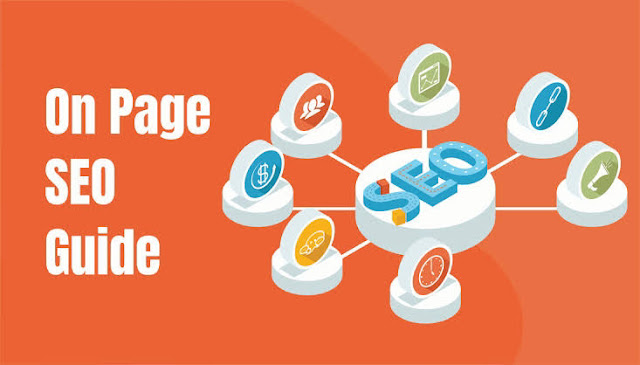
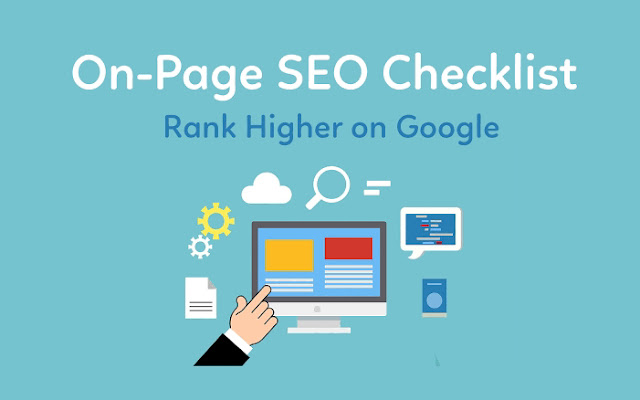
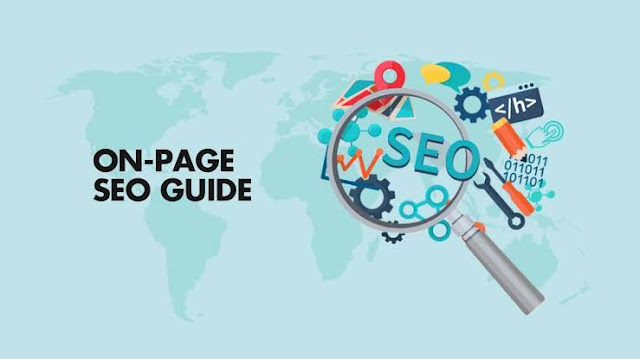
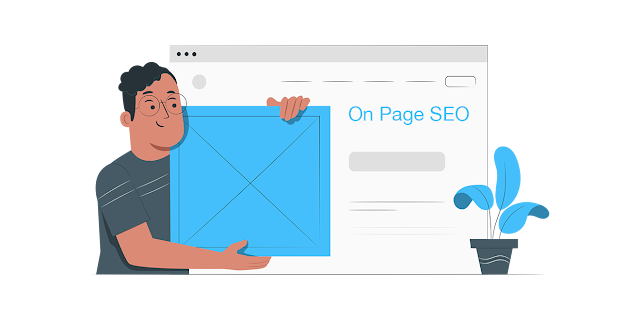
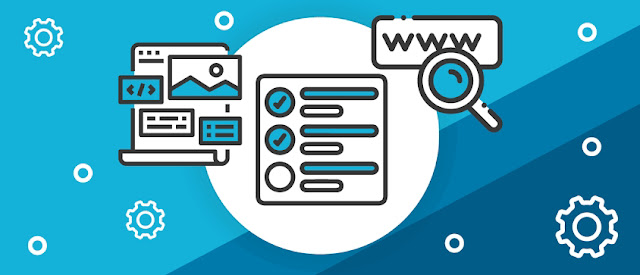
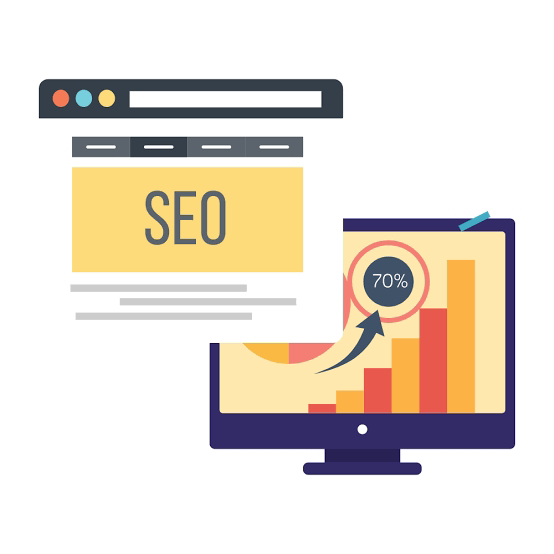






0 Comments